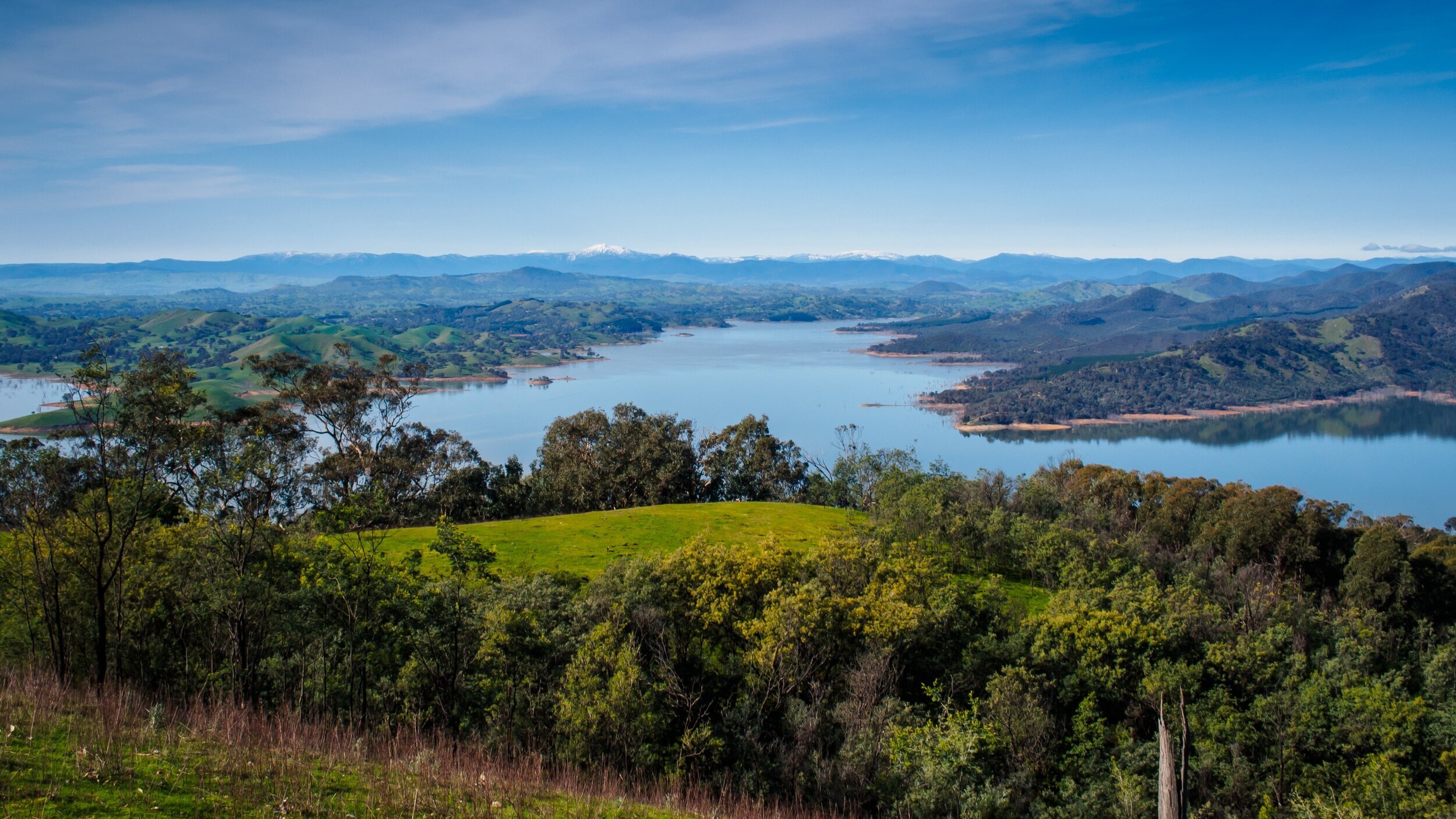How one simple idea helped Australia map its biodiversity

Australia is leading the world in the measurement of its natural capital thanks to a simple idea hatched by a group of scientists more than 13 years ago.
A brilliant idea that emerged during a brainstorming session in Sydney more than 13 years ago is finally being put to work on a beef cattle property in the Burnett region of Queensland.
The property, owned by Robert and Nadia Campbell, is at the forefront of a unique initiative that will ultimately allow Australia to map its natural assets – soils, water, vegetation and fauna – and track how they change over time.
The development of an accounting system for Australia’s natural capital is as profound as the first use of financial accounts in business and the introduction of reliable statistical measures for economic activity.
It is fitting that the first comprehensive, independent measurement of the natural assets on the Campbells’ Goondicum Station – a beef-grazing property – is being undertaken by a not-for-profit called Accounting for Nature.
Accounting for Nature is chaired by Peter Cosier, a founding member of the Wentworth Group of Concerned Scientists, which first proposed the idea of a model for building the national environmental accounts of Australia.
Cosier says the Wentworth Group was doing a lot of work on water resources and climate change about 13 years ago when it became clear there was a fundamental global problem of ecological illiteracy.
Economists and governments were familiar with, and reliant upon, the collection of reliable statistics for measuring health, the economy and social metrics. But no one had really put their mind to measuring the impact of billions of dollars of government funding for the environment.
Around this same time in the mid-2000s, Cosier had been focusing his mind on measuring natural resources because of his work with then-senator Robert Hill in developing the Australian State of the Environment Report, which was first published in 2006 and every five years thereafter.
“The problem with the State of the Environment Report is that it can’t show you changes in conditions or the changes of trend,” Cosier says. “Also, it relies on expert opinions.”
Cosier says a turning point in the evolution of the idea of tracking the country’s natural capital came when he met then-Treasury secretary Ken Henry, who threw his intellectual and policy weight behind it.
“Ken introduced us [the Wentworth Group] to Peter Harper, who was the deputy Australian statistician at the Australian Bureau of Statistics,” Cosier says.
“We had no idea that Peter was chair of the UN’s Committee of Experts on Environmental-Economic Accounting and had been working on the tools and methodologies for measuring biodiversity.”
The Wentworth Group got together with Harper and, with the support of Henry, the political class was engaged and became involved. Under prime minister Malcolm Turnbull, there was suddenly momentum for measuring Australia’s environmental assets.
There was even a Council of Australian Governments meeting that resulted in all the state environment ministers giving their support to the idea. Unfortunately, the idea withered on the vine.
Cosier says the only reason the idea is being implemented at various locations around Australia in 2021 is that the corporate sector and institutional investors have recognised the importance of protecting biodiversity.
They want to measure the outcomes of their capital investments in nature and track how they are performing over time, which is possible using the methodologies pioneered by Accounting for Nature.
Nadia Campbell from Goondicum Station says there is a commercial imperative to the implementation of nature-friendly measures such as increased native vegetation, the planting of trees and the protection of water resources.
Goondicum Station has been in the Campbell family for five generations and its history holds some stark lessons for those practising short-sighted land management.
The property was originally leased from the Crown, which imposed a condition that all trees be cleared and handed over to the government.
Robert Campbell’s father, Bruce, recognised the folly of this and implemented a tree-planting program when the property was freehold. Bruce Campbell was a fan of Richard St Barbe Baker, the English forester, environmental activist and author who supported worldwide reforestation efforts.
Nadia Campbell says Goondicum is an example of “co-existence grazing and regenerative agriculture”.
She says paddocks with trees grow better-quality feed grasses than land that has been cleared, and better natural grass means improved nutrition, healthier cattle and increased profit margins.
She says Goondicum station is carrying far less cattle than it did five to 10 years ago but generating a higher profit, and she attributes this to the reinvestment in land and conservation.
“In a nutshell, we are currently undertaking a full property environmental condition index assessment with Accounting for Nature,” she says.
“Understanding the environmental condition of our property is important to us to enable us to measure, monitor and manage what is on our land, especially Australian native flora and fauna.
“We consider ourselves to be very responsible land managers with a genuine commitment to the environment.
“The concept of accounting for the environmental condition of the land we use to make a living ties in with our operational ethos.”
One enormously positive side effect of higher profitability from sound environmental management is that Goondicum Station has been rated a lower credit risk by National Australia Bank, which charged a lower interest rate.
This fits with research conducted in China a couple of years ago showing that companies with greener operational policies carry a lower credit risk.
The Campbells’ Accounting for Nature project is in partnership with the local resource management organisation Burnett Mary Regional Group.
Its chief executive, Sheila Charlesworth, says the Campbells are part of a much broader environmental mapping project that has the support of many other local graziers.
The BMRG has conducted four workshops and trained about 85 people in the Accounting for Nature methodologies, and several of the people have been certified.
The original plan put forward by the Wentworth Group was that each of the 56 natural resource management regions in Australia would produce annual regional Reports, which would summarise the health of each region.
The idea was that the initial level of detail would vary from region to region in the early years until regional capacity and adequate data collection systems were built.
Cullen Gunn, the chief executive of Kilter Rural, an agricultural enterprise with $500 million in assets under management. says his investors, including institutions and family offices, have been asking for measurement of the environmental improvement.
He has been using the Accounting for Nature methodologies for several years.
Accounting for Nature chief executive Adrian Ward says the global push for the measurement of biodiversity through the Taskforce on Nature-related Financial Disclosures could open the opportunity for Australia’s approach to go global.
Laura Waterford, a senior adviser at climate change advisory group Pollination, says nature risk appears to be at a similar point to climate risk half a decade ago.
She says directors may already have a duty to consider nature risk and therefore should take steps now to avoid being caught flat-footed.
Written By Tony Boyd
Source: Financial Review
Latest News Articles
Back to Latest News
End-of-Year Money Checklist: 10 Things To Do Before NYE

Redundancies in Australia Rising Quietly in White-Collar Sectors


